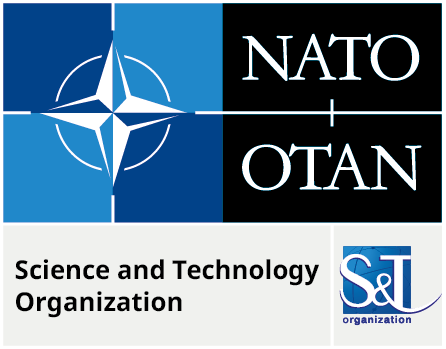Foreword, Second Edition, Operations Research and Analysis (OR&A)
Author(s): Dr. Barros Anna Isabel;
|
This special edition features a selection of the best publicly releasable full papers from the conference, which were peer-reviewed by leading international military OR&A experts. Other full papers, as well as all short papers that were presented at the conference, are published in NATO’s STO peer-reviewed conference proceedings.




